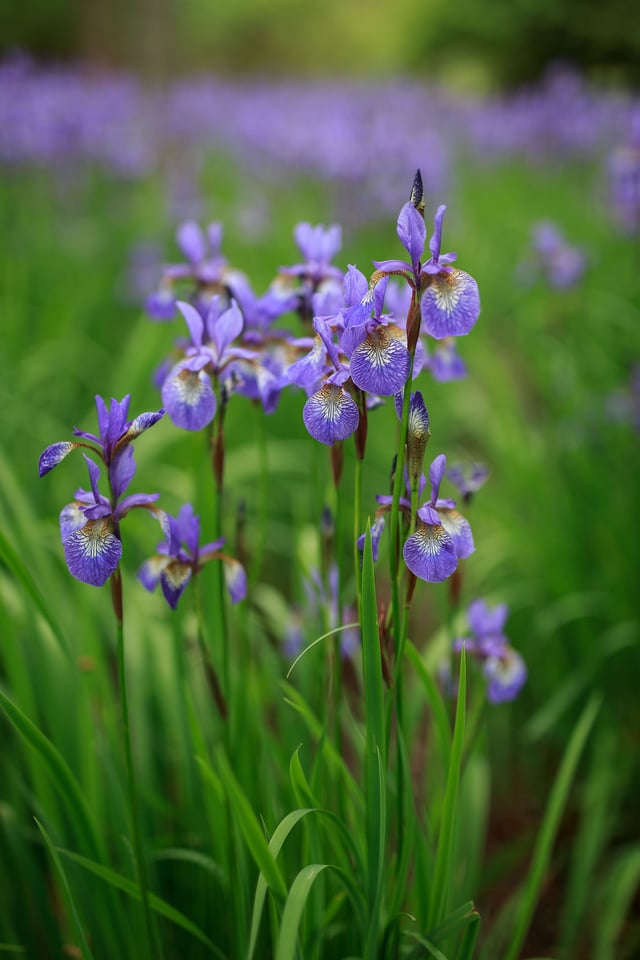Lens Sharpness, Contrast and Color Rendition
Although I am still waiting for the Nikon version of the Sigma 50mm f/1.4 Art to carefully analyze the lens using the high-resolution Nikon D800E, judging from the images I got out of the Canon 6D, I can say that the lens is very sharp wide open at f/1.4 – much sharper than the Nikon 50mm f/1.4G for sure! Center performance is excellent and peaks at the f/4 mark, while the corners start out a little weaker, but get pretty solid when stopped down to f/5.6. You can see lens performance comparisons to Zeiss Otus 55mm f/1.4, the older Sigma 50mm f/1.4, Nikkor 50mm f/1.4G and Nikkor 58mm f/1.4G in the lens comparisons section of the review, while the Imatest figures for the lens are shown below.


Sigma 50mm f/1.4 Art MTF Performance
Below is the result of our lab measurements using Imatest software:

The lens already starts strong at f/1.4, with impressive center and mid-frame performance. Corners are a bit weak, but that’s expected from a fast prime lens. Stopping down the lens improves sharpness significantly, with amazing sharpness levels reached in the f/4-f/5.6 range. The Sigma 50mm f/1.4 Art is one of the few lenses that could reach such high sharpness levels, making it one of the best performing prime lenses we have tested so far. If you want to see how impressive this lens is to other 50mm primes, take a look at the Lens Comparisons section of the review.
Here is a glimpse of the lens performance wide open:
As you can see, the detail level at f/1.4 is very high. I shot many images between f/1.4 and f/2.8 in this review, specifically to demonstrate the sharpness capabilities of this lens.

Bokeh
The bokeh rendering capability of the lens is quite pleasing for a 50mm prime. Highlight shapes do show defined transitions, but they do not look distracting as on some lenses. The dreaded onion-shaped bokeh that I showed on the Sigma 35mm f/1.4 Art is barely visible when photographing extremely bright points of light. Below are two comparisons that illustrate bokeh rendering capabilities of the following lenses: Sigma 50mm f/1.4 DG HSM Art, Sigma 50mm f/1.4 EX DG HSM, Nikon 50mm f/1.4G and Nikon 58mm f/1.4G. Here is the first comparison that shows bright highlights:
Based on my subjective opinion and preference, I would rank the above lenses in bokeh performance in the following order, from best to last: Nikon 58mm f/1.4G, Sigma 50mm f/1.4 EX DG HSM, Sigma 50mm f/1.4 Art, Nikon 50mm f/1.4G. The Nikon 58mm f/1.4G clearly shows the least defined borders and very smooth transitions everywhere, so it is my #1 choice here.
What about background transitions? Let’s take a look at another example:
Once again, the smoothest of the bunch is the Nikon 58mm f/1.4G, followed by the older Sigma 50mm f/1.4, then the Sigma 50mm f/1.4 Art and the Nikon 50mm f/1.4G.
Looks like the older Sigma 50mm f/1.4 has a superior bokeh construction, although its sharpness is nowhere as good as the new 50mm f/1.4 Art.
Here is a sample image shot with the Sigma 50mm f/1.4 Art at f/1.4 that demonstrates the bokeh rendering capability of the lens:

Here is another shot that demonstrates both sharpness and bokeh of the Sigma 50mm f/1.4 Art:

Vignetting
Most prime lenses heavily vignette when shot wide open, especially on a full-frame body. As expected, the Sigma 50mm f/1.4 Art lens vignettes a bit wide open, with vignetting levels falling sharply when stopped down. Vignetting levels vary by focus distance – at close focus the lens vignettes much less than at infinity, as measured by Imatest:

Here is the worst case scenario at f/1.4 with focus set to infinity, as illustrated by Imatest:



Ghosting and Flare
When it comes to handling high-contrast situations with a bright source behind the subject, the Sigma 50mm f/1.4 Art seems to yield quite pleasing results, keeping the contrast levels high and introducing very little ghosting and flare into images. Here is a sample image taken with the sun on the top right corner of the frame:

The particles in the air you see in the above image are dust, pollen and other debris flying all over due to windy conditions and cars passing by.

If you remove the lens hood, stop the lens down beyond f/11 and shoot against a very bright source of light, you might see a little bit of ghosting and flare, but it is still barely noticeable and not too damaging to the image:

Please note that the above images were shot without filters. Using UV and other filters can potentially introduce more flares and ghosting to your images.

Distortion
The Sigma 50mm f/1.4 DG HSM Art exhibits a very slight amount of barrel distortion at close distances. Imatest measured -0.36% barrel distortion, which is insignificant. In comparison, the Nikon 50mm f/1.4G has much more pronounced barrel distortion at approximately -1.50%, which needs to be corrected in post for lines to appear straight. Even the Nikon 50mm f/1.8G suffers from some barrel distortion at around -1.12%.

Chromatic Aberration
Lateral chromatic aberration levels are pretty good, starting out at around a pixel, then coming down to close to half a pixel when stopped down beyond f/2.8. None of the images in this review were corrected in post-production for lateral CA. And even if you do notice CA in some situations, that’s pretty easy to fix in both Lightroom and Photoshop, so it is not a concern.
Here are the chromatic aberration levels measured by Imatest:


Longitudinal chromatic aberration also seems to be under control, although you might see a bit of it in some situations when shooting at f/1.4.

On the next page, let’s see how this lens compares to others on the market, including its predecessor, the non-Art Sigma 50mm f/1.4, and the Zeiss Otus 55mm f/1.4.
Table of Contents

